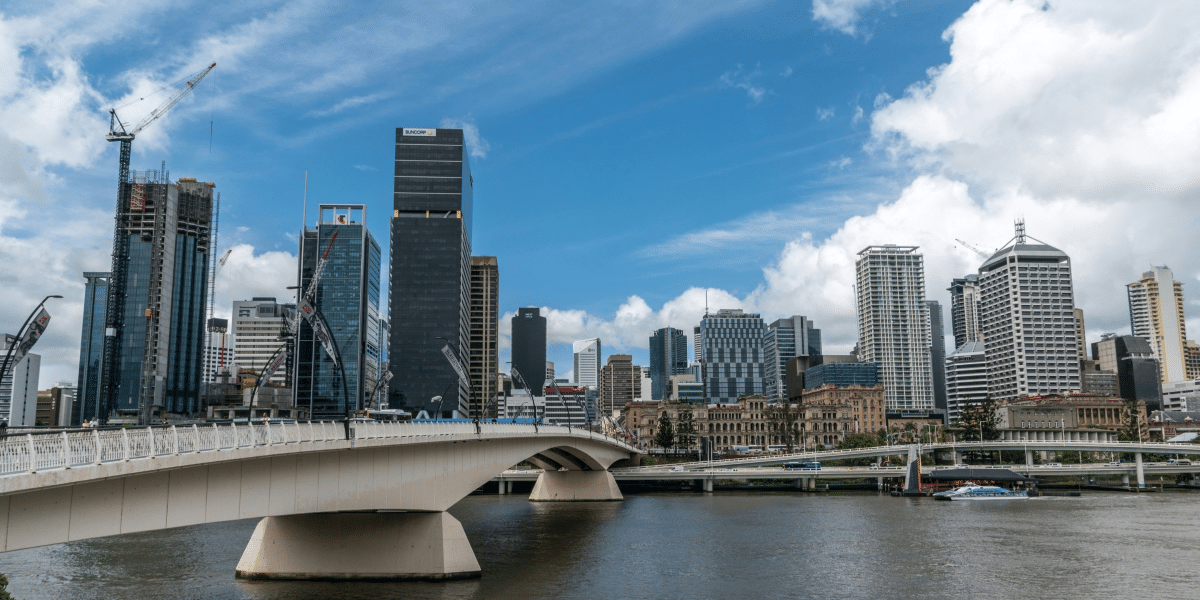The Birth of Skyscrapers
In the bustling heart of New York City, where the streets are alive with energy, stands a testament to architectural ingenuity – the skyscraper. This iconic cityscape, defined by towering structures that seem to touch the clouds, finds its roots in the bustling streets of Manhattan. One building that played a pivotal role in shaping this skyline is the Flatiron Building, a marvel that etched New York City’s name in the history of skyscrapers.
In the late 19th century, as urbanization took hold, the demand for office and commercial spaces surged. The solution lay in building upwards, defying conventional architectural norms. New York City became the birthplace of this audacious vision, giving rise to the skyscraper – a towering symbol of progress and modernity.
The Flatiron Building: A Pioneer in the Sky
A Unique Silhouette
Standing at the intersection of Fifth Avenue and Broadway, the Flatiron Building is a mesmerizing sight. Its distinctive triangular shape, resembling an old-fashioned clothing iron, captures the imagination. Completed in 1902, it soared to a height of 285 feet, defying expectations and earning its place as one of the world’s earliest skyscrapers.
Engineering Marvel
The Flatiron Building’s construction was a triumph of engineering. The challenge of fitting a massive structure on a triangular plot led to innovative design solutions. Architects Daniel Burnham and Frederick Dinkelberg utilized a steel skeleton frame, allowing the building to rise to unprecedented heights while maintaining stability.
Cultural Impact
Beyond its architectural significance, the Flatiron Building became a cultural icon. Its prominence in the New York City skyline made it a symbol of progress and economic prosperity. The building’s sleek design and daring height captivated the public imagination, solidifying its status as a representation of the city’s spirit.
Skyscrapers Transforming the Skyline
The success of the Flatiron Building paved the way for a skyline transformation. Skyscrapers began to dot the landscape, each reaching higher than the last. The Woolworth Building, completed in 1913, claimed the title of the world’s tallest building, showcasing the city’s relentless pursuit of architectural innovation.
Legacy and Continuing Evolution
Modern Giants
Today, New York City’s skyline is a mesmerizing panorama of glass and steel. From the iconic Empire State Building to the sleek One World Trade Center, the city’s skyscrapers continue to evolve, reaching new heights and pushing the boundaries of design and engineering.
Inspirations Worldwide
New York City’s pioneering spirit in skyscraper construction has inspired architects globally. Cities around the world, from Dubai to Shanghai, have embraced the vertical trend, creating their own breathtaking skylines that echo the ambition born in the streets of Manhattan.
A Skyline etched in Steel and Ambition
As we gaze upon the towering giants that define New York City’s skyline, we can trace their roots back to the daring visionaries who birthed the skyscraper movement. The Flatiron Building, with its triangular silhouette, stands as a living testament to that audacity. Today, as the city’s skyscrapers continue to touch the heavens, they carry the legacy of innovation and ambition that began with a unique iron-shaped building in the heart of Manhattan. New York City’s skyline is not just a collection of buildings; it’s a narrative of human ambition etched in steel and reaching towards the sky.












